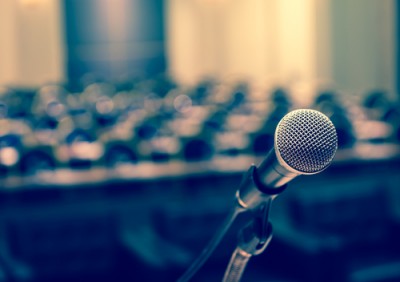Making Crime Pay

Photo courtesy of
National Museum of Crime and Punishment
Americans have always had a peculiar relationship with crime and criminals. Each generation seems to fret about unprecedented lawlessness, while bestowing on its most outrageous criminals the kind of celebrity reserved for folk heroes and movie stars.
The new National Museum of Crime and Punishment—opening May 22 in Washington, D.C.—will focus on that national fascination with exhibits that chronicle both our history of bad behaviors and our sometimes cruel and ingenious ways of reproving them.
Visitors can behold pictures of offenders with ears nailed to pillories, lock themselves or their loved ones into an operational model pillory, or take a gander at an actual electric chair.
The privately funded museum is the brainchild of Orlando, Fla., lawyer and entrepreneur John Morgan, who saw it as a way to better educate CSI-loving Americans about the realities of crime and punishment in America.
In addition to a variety of interactive exhibits on activities such as safecracking and crime scene photography, the museum also tries to explore the legal consequences of crime and punishment by devoting part of its exhibition space to constitutional rights and notable U.S. Supreme Court rulings, including Miranda v. Arizona, 384 U.S. 436 (1966).
Beyond those lofty intentions, visitors can expect to be horrified/titillated by some of the museum’s offerings, including a full-scale autopsy room, where awaiting examination is a fake body bearing evidence of strangulation, knife and gunshot wounds, and an unlucky host of other indignities.
There is a Wild West shootout game, one of John Dillinger’s cars, photos of the world’s most notorious computer hackers, a model police booking room and holding cell, and a replica gas chamber.
CRIMINALS VILIFIED
The museum bears an unapologetic pro-law-enforcement bias—in part because Morgan’s partner in the venture is John Walsh, host of the TV show America’s Most Wanted. In fact, future episodes of the show will be taped from studios in the museum.
Walsh insisted that the museum not glorify criminals, rather that it show the consequences of crime. While the particularly unappealing mugshots of the computer hackers seem to fit that bill, there are some large and glamorous photos of famous criminals from the 1920s. And future plans for the museum call for it to house the world’s largest collection of crime memorabilia, Morgan says.
So what’s missing? “My daughter is mad because I don’t have a section on police dogs,” says Morgan. “You can only do so much.”
The National Museum of Crime and Punishment—online at crimemuseum.org—is at 575 7th Street NW in Washington, D.C. Admission is $17.50 for adults. It costs $14.95 for children, those in the military or law enforcement, and retired military and police officers.



